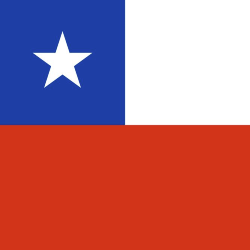From IBM to OpenAI: 50 years of winning (and failed) strategies at Microsoft
Microsoft celebrates its 50th anniversary. This article was written using Microsoft Word on a computer running Microsoft Windows. It is likely to be published on platforms hosted by Microsoft Azure, including LinkedIn, a Microsoft subsidiary with over one billion users. In 2024, the company generated a net profit of $88 billion from sales worth $245 billion. Its stock market value is close to $3,000 billion, making it the world’s second-most valuable company behind Apple and almost on a par with NVidia. Cumulative profits since 2002 are approaching $640 billion.
And yet, 50 years ago, Microsoft was just a tiny computer company founded in Albuquerque, New Mexico by two former Harvard students, Bill Gates and Paul Allen, aged 19 and 22. The twists and turns that enabled it to become one of the most powerful companies in the world are manifold, and can be divided into four distinct eras.
At the end of the 1970s, IBM was the computer industry’s undisputed leader. It soon realized that microcomputers developed by young Silicon Valley entrepreneurs, such as the Apple II, would eventually eclipse IBM’s mainframes, and so the IBM PC project was launched. However, it soon became clear that the company’s hefty internal processes would prevent it from delivering a microcomputer on schedule. It was therefore decided that various components of the machine could be outsourced using external suppliers.
A weekly e-mail in English featuring expertise from scholars and researchers. It provides an introduction to the diversity of research coming out of the continent and considers some of the key issues facing European countries. Get the newsletter!
Several specialized companies were approached to provide the operating system. They all refused, seeing IBM as the enemy to be destroyed, a symbol of centralized, bureaucratic computing. Mary Maxwell Gates, who sat on the board of an NGO next to the IBM chairman, suggested the name of her son William, nicknamed Bill, who had just founded Microsoft, and the first contact was established in 1980.
The problem was that Microsoft was focused on a programming language called BASIC and certainly not specialized in operating systems. Not that this was ever going to be a problem for Bill Gates, who, with considerable nerve, agreed to sign a deal with IBM to........






















 Toi Staff
Toi Staff Tarik Cyril Amar
Tarik Cyril Amar Jeffrey Bernstein Ph.d
Jeffrey Bernstein Ph.d Gideon Levy
Gideon Levy Maryam Aldossari
Maryam Aldossari Sabine Kinkartz
Sabine Kinkartz Jennifer Gerlach Lcsw
Jennifer Gerlach Lcsw Belen Fernandez
Belen Fernandez Maximilian Hess
Maximilian Hess Leonid Ragozin
Leonid Ragozin Rachel Marsden
Rachel Marsden
